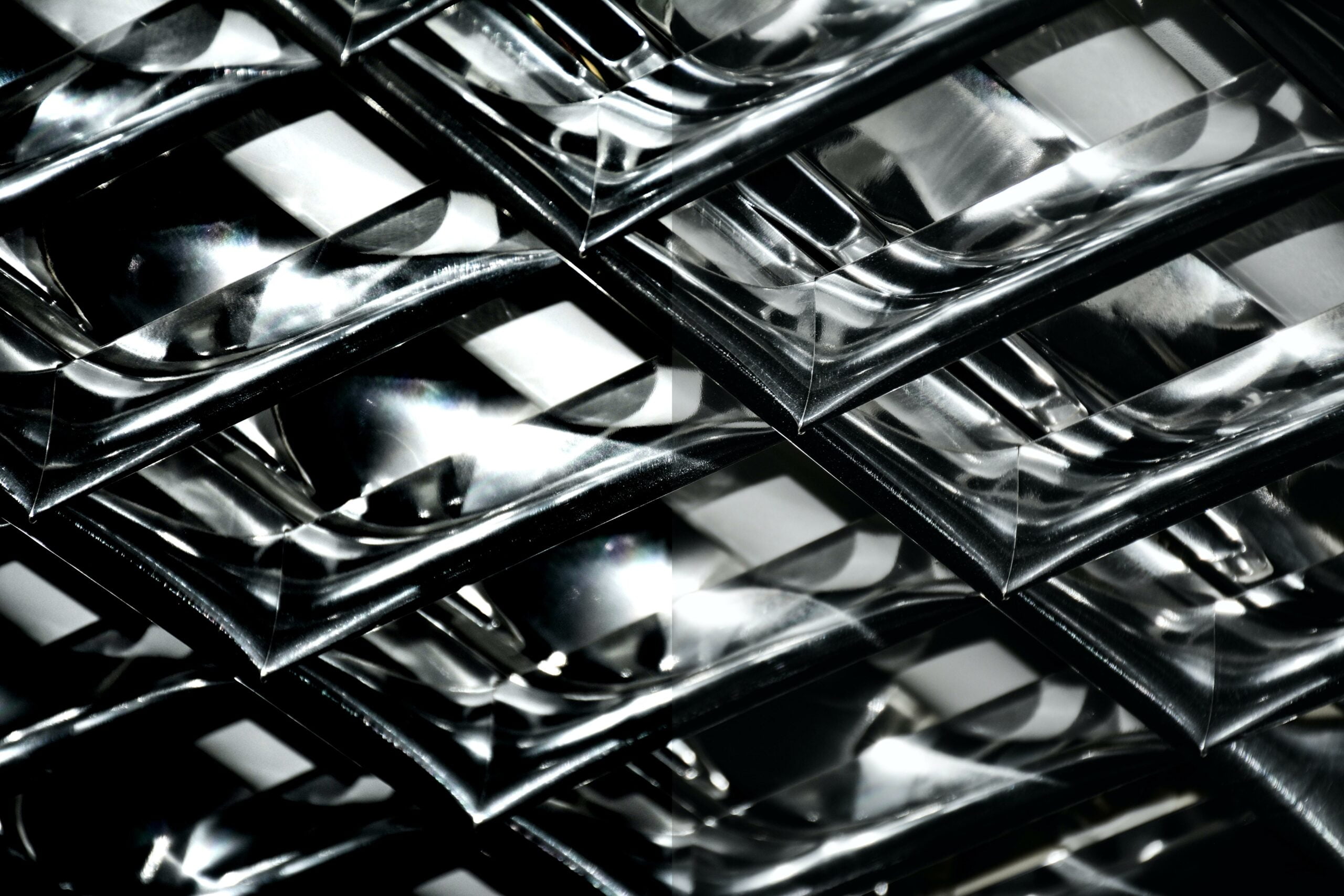Imagine standing on the cobblestone streets of a bustling Spanish city, the aroma of freshly fried dough wafting through the air. Your taste buds tingle with anticipation as you approach a street cart adorned with golden, sugary delights. These delectable treats, known as churros, hold a special place in the hearts of Spaniards and have captivated the taste buds of food lovers around the world. In this article, we will embark on a culinary adventure, unraveling the fascinating facts and regional variations of churros in Spain. Get ready to satisfy your craving for knowledge as we dive into the rich history and mouthwatering secrets behind these iconic Spanish delights.
Churros in Spain: Exploring Fascinating Facts and Regional Variations
Churros, one of Spain’s most iconic and beloved foods, have a rich history that dates back to the 8th century in Spain’s Andalusia region. These delectable treats were originally created by Spanish shepherds who cooked them over an open fire in a pan. The distinctive shape and texture of churros were born out of necessity, as the shepherds needed a durable and portable food source during their long journeys.
Fun Fact: Did you know that the original churros were not always thin? In fact, they were initially shaped like breadsticks! Over time, churros evolved and gained popularity, eventually becoming the beloved treats we know today.
Churros are enjoyed throughout Spain and Latin America, often eaten as a hot breakfast dish accompanied by coffee or rich hot chocolate for dipping. This indulgent combination is a staple in Spanish cuisine, offering a comforting and satisfying start to the day.
Quote: Churros hold a significant cultural and culinary importance in Spain and Latin America, captivating both locals and tourists with their irresistible flavors and enticing aroma.
There are some intriguing regional variations when it comes to churros in Spain. Each region has its own unique twist on this classic treat, offering a delightful exploration of flavors. Let’s take a closer look at some fascinating churro facts from different parts of Spain:
1. Madrid Churros: Crunchy Delights
In the bustling capital city of Madrid, churros take on a crunchy and slightly thicker form. These churros are made with a dough that includes more baking powder, resulting in a crispier texture. Madrid’s churros are typically enjoyed dipped in a cup of thick and velvety hot chocolate, which pairs perfectly with their satisfying crunch.
Quote: Churros in Madrid are a delightful blend of crispy perfection and rich indulgence, offering a tantalizing experience for your taste buds.
2. Seville Churros: Sweet and Spiraled
In the vibrant city of Seville, you’ll find a unique churro variation known as “calentitos.” These delightful treats are spiral-shaped, adding a visual appeal to their already irresistible taste. Seville churros are slightly smaller and denser than their counterparts in Madrid, making them perfect for a quick and satisfying snack.
Quote: Seville churros are a sweet and visually captivating delight, offering a taste of tradition in every bite.
3. Barcelona Churros: Sweet Surrender
The cosmopolitan city of Barcelona offers its own twist on churros, known as “xurros” in Catalan. These churros are typically lighter and less oily than other varieties, making them a popular choice among those seeking a slightly healthier option. Barcelona churros are often dusted with powdered sugar and served with a side of dulce de leche or Nutella, adding an extra layer of indulgence.
Quote: Barcelona churros are a sweet surrender, inviting you to savor the moment while exploring the vibrant streets of this enchanting city.
4. Asturias Churros: Spirited and Spiraled
In the picturesque region of Asturias, churros take on the form of “porras,” which are thick and spiraled treats. These churros are typically served with a warm cup of cider, creating a delightful balance of flavors. The spiral shape not only adds charm to the presentation but also enhances the overall texture of the churro, making each bite a memorable experience.
Quote: Asturias churros are a spirited and spiraled delight, offering a unique twist on this beloved treat.
From the streets of Madrid to the vibrant city of Barcelona, and the picturesque region of Asturias to the lively ambiance of Seville, churros in Spain are as diverse as the country itself. These fascinating facts and regional variations showcase the cultural richness and culinary excellence that can be found in every bite.
Quote: Embark on a tantalizing journey through the wondrous world of churros in Spain, where each region has its own delightful surprise waiting to be discovered.
Churros are a beloved treat in Spain, and there are some fascinating facts about them that you may not know! Did you know that churros were originally brought to Spain by the Portuguese during the 16th century? Their unique shape and crispy texture make them the perfect companion to a cup of hot chocolate, either for breakfast or as an indulgent afternoon snack. If you’re curious to learn more about the history, tradition, and variations of churros in Spain, check out this article on Facts About Churros In Spain. You’ll discover everything from churros being considered a good luck charm in some Spanish regions to their association with special celebrations like Las Fallas in Valencia. Get ready to satisfy your cravings and delve into the delectable world of churros in Spain!
FAQ
Question 1: What is the origin of churros in Spain?
Answer 1: Churros are believed to have originated in Spain’s Andalusia region in the 8th century. They were originally invented by Spanish shepherds who cooked them in a pan over an open fire.
Question 2: What are churros commonly eaten with in Spain and Latin America?
Answer 2: Churros are commonly eaten in Spain and Latin America as a hot breakfast food, often accompanied by coffee or hot chocolate.
Question 3: What are the main ingredients used in making churros?
Answer 3: Churros are typically made with wheat flour, salt, and water. They are deep-fried in oil and sprinkled with sugar.
Question 4: Are there variations in the size and fillings of churros?
Answer 4: Yes, depending on the country, churros can be filled with different ingredients. The original churros were the size of a breadstick, but they have evolved to have various sizes and fillings in different regions.
Question 5: What are some interesting facts about churros?
Answer 5: Some interesting facts about churros include their disputed origins, the fact that they were not always thin, and that one churro contains about 103 calories. Additionally, about 2.8 million churros are sold per year in Disneyland.
- SYBAU See You Baby Meaning: Gen Z Slang Evolves - July 1, 2025
- Unlock Your Inner Youth: Lifestyle Secrets for a Vibrant Life - July 1, 2025
- Decode SYBAU Meaning: Gen Z Slang Explained - July 1, 2025






